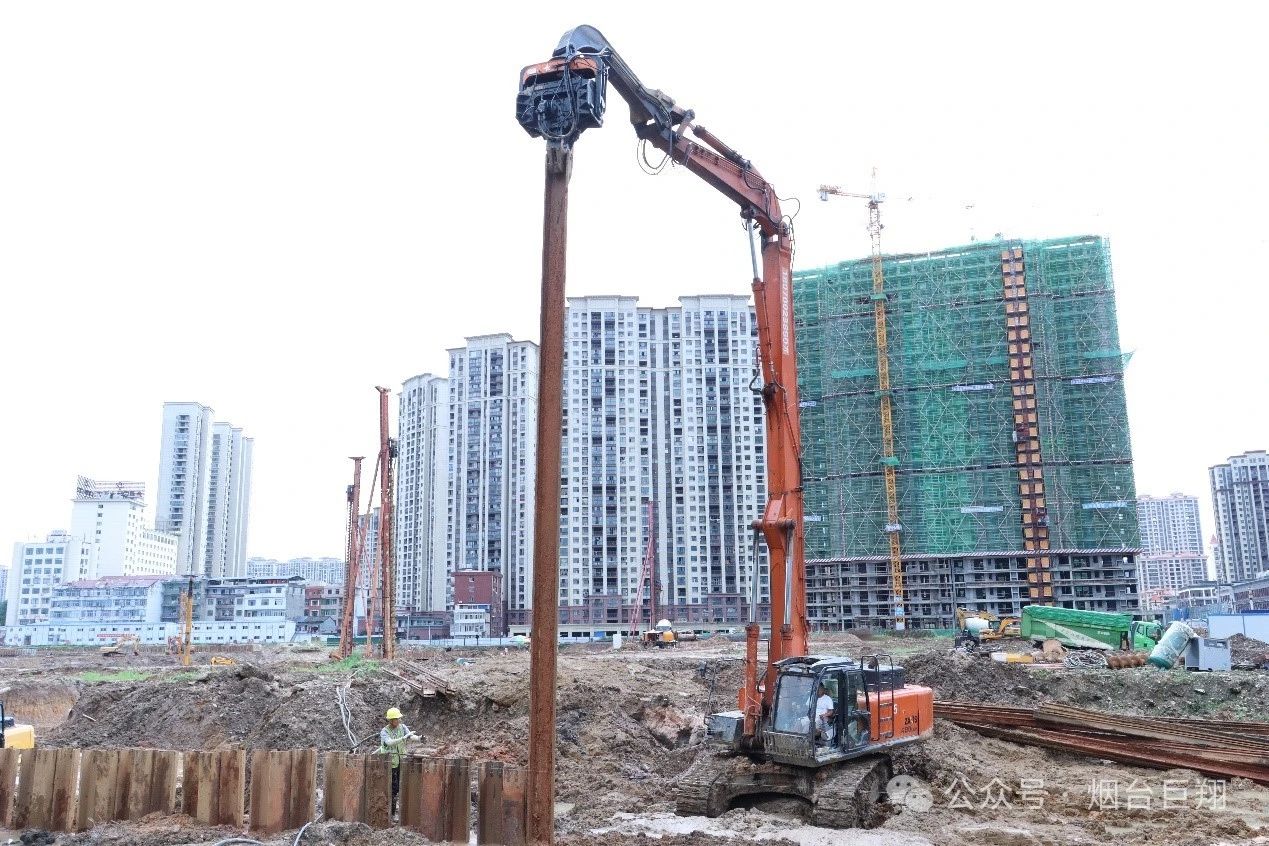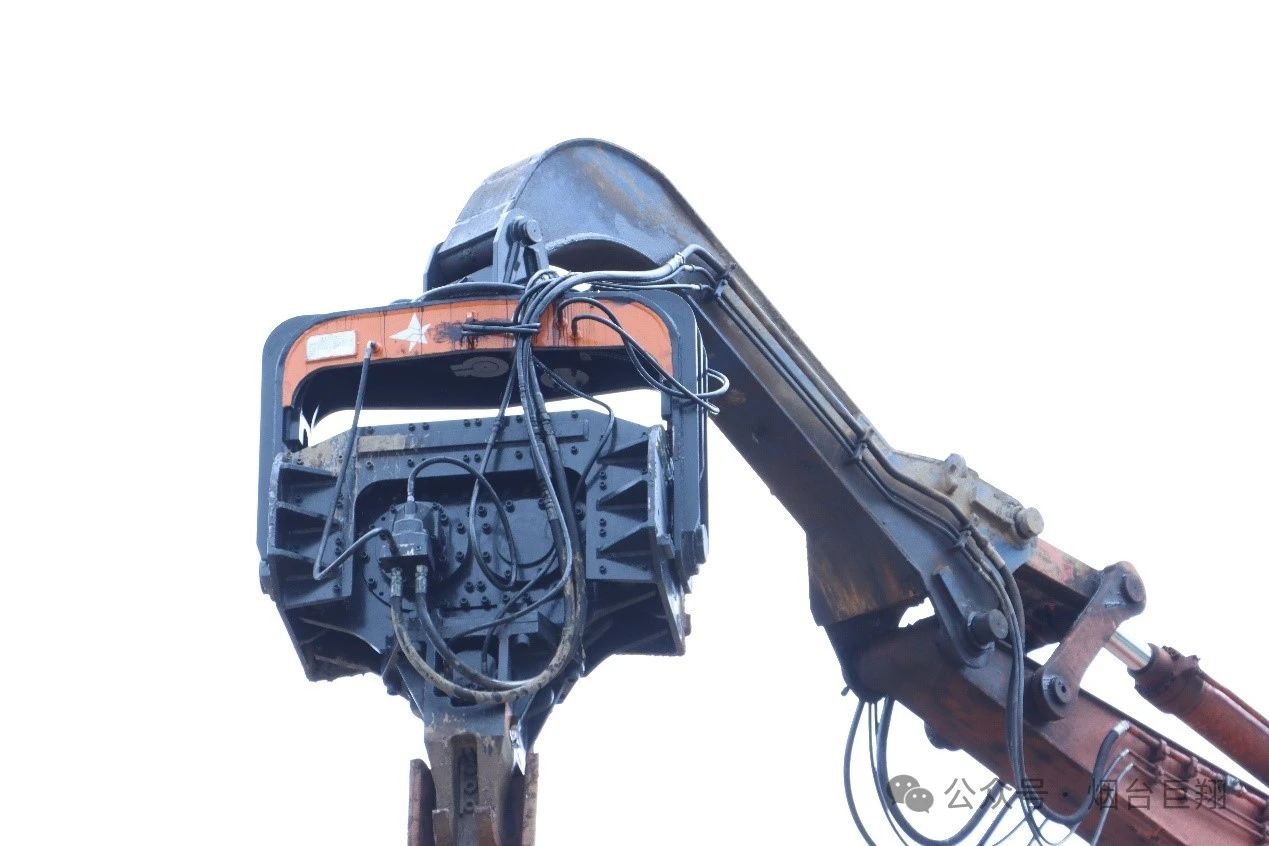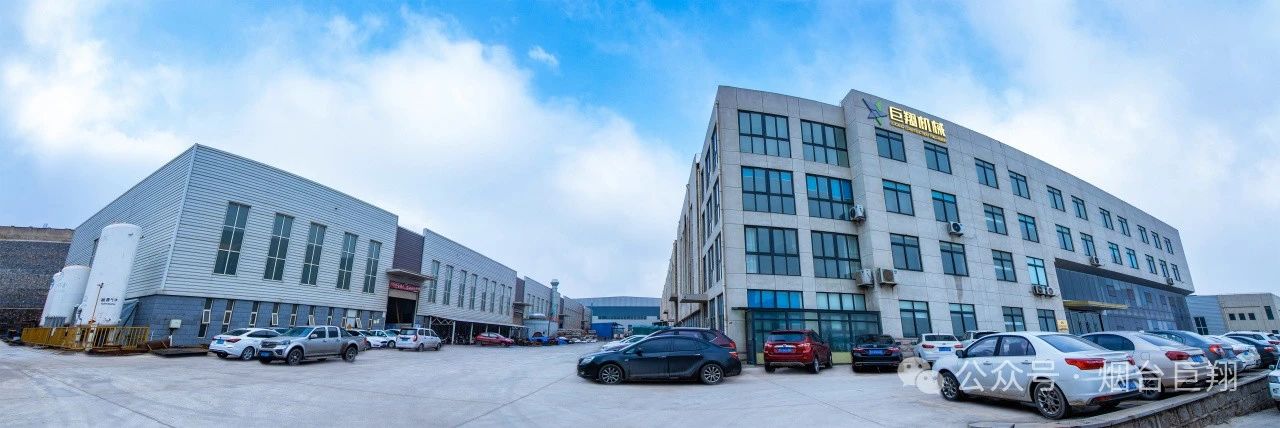VII. Steel sheet pile driving.
Larsen steel sheet pile construction is related to water stopping and safety during construction. It is one of the most critical processes in this project. During construction, the following construction requirements should be noted:
(1) Larsen steel sheet piles are driven by crawler pile drivers. Before driving, you must be familiar with the conditions of underground pipelines and structures and carefully lay out the accurate center line of the support piles.
(2) Before driving, check each steel sheet pile and remove the steel sheet piles that are rusted or severely deformed at the connection lock. They can only be used after they are repaired and qualified. Those that are still unqualified after repair are prohibited.
(3) Before driving, grease can be applied to the lock of the steel sheet pile to facilitate the driving and removal of the steel sheet pile.
(4) During the driving process of the steel sheet pile, the slope of each pile should be measured and monitored to be no more than 2%. When the deflection is too large to be adjusted by the pulling method, it must be pulled out and driven again.
(5) Make sure that the steel sheet piles are not less than 2 meters deep after excavation, and ensure that they can be closed smoothly; in particular, the four corners of the inspection well should use corner steel sheet piles. If there are no such steel sheet piles, use old tires or rags to fill the seams and other auxiliary measures to seal them well to prevent leakage and sand from causing ground collapse.
(6) In order to prevent the lateral soil pressure from squeezing the steel sheet piles down after the trench excavation, after the steel sheet piles are driven, use H200*200*11*19mm I-beams to connect the Larsen steel sheet piles on both sides of the open channel into a whole, about 1.5m below the pile top, and weld them with electric welding rods. Then, use hollow round steel (200*12mm) every 5 meters, and use special movable joints to support the steel sheet piles on both sides symmetrically. When supporting, the nuts of the movable joints must be tightened to ensure the verticality of the Larsen steel sheet piles and the trench excavation working surface.
(7) During the excavation of the foundation trench, observe the changes of the steel sheet piles at any time. If there is obvious overturning or uplift, immediately add symmetrical support to the overturned or uplifted parts.
Ⅷ. Removal of steel sheet piles
After the foundation pit is backfilled, the steel sheet piles must be removed for reuse. Before removing the steel sheet piles, the sequence of pile removal methods, pile removal time and soil hole treatment should be carefully studied. Otherwise, due to the vibration of pile removal and the excessive soil carried by the piles, the ground will sink and shift, which will harm the underground structure that has been constructed and affect the safety of the adjacent original buildings, buildings or underground pipelines. It is very important to try to reduce the soil carried by the piles. At present, the main measures used are water injection and sand injection.
(1) Pile extraction method
This project can use a vibrating hammer to pull piles: use the forced vibration generated by the vibrating hammer to disturb the soil and destroy the cohesion of the soil around the steel sheet piles to overcome the resistance to pile extraction, and rely on the additional lifting force to remove them.
(2) Precautions when pulling piles
a. Starting point and sequence of pile extraction: For closed steel plate impact wall, the starting point of pile extraction should be more than 5 away from the corner piles. The starting point of pile extraction can be determined according to the situation when the piles are sunk, and the jump extraction method can be used if necessary. The order of pile extraction is best to be opposite to that of pile driving.
b. Vibration and pulling: When pulling out the pile, you can first use a vibrating hammer to vibrate the locking end of the sheet pile to reduce the adhesion of the soil, and then pull it out while vibrating. For sheet piles that are difficult to pull out, you can first use a diesel hammer to vibrate the pile down 100~300mm, and then alternately vibrate and pull it out with a vibrating hammer.
(3) If the steel sheet pile cannot be pulled out, the following measures can be taken:
a. Use a vibrating hammer to hit it again to overcome the resistance caused by the adhesion with the soil and the rust between the bites;
b. Pull out the piles in the opposite order of the sheet pile driving sequence;
c. The soil on the side of the sheet pile that bears the soil pressure is denser. Driving another sheet pile in parallel near it can make the original sheet pile pull out smoothly;
d. Make grooves on both sides of the sheet pile and put in bentonite slurry to reduce resistance when pulling out the pile.
(4) Common problems and treatment methods in steel sheet pile construction:
a. Tilt. The reason for this problem is that the resistance between the pile being driven and the adjacent pile lock is large, while the penetration resistance in the direction of pile driving is small; the treatment methods are: use instruments to check, control and correct at any time during the construction process; use wire rope to pull the pile body when tilting occurs, pull and drive at the same time, and gradually correct it; reserve appropriate deviation for the first driven sheet pile.
b. Torsion. The reason for this problem: the lock is a hinged connection; the treatment methods are: lock the front lock of the sheet pile with a card in the direction of pile driving; set pulley brackets in the gaps on both sides between the steel sheet piles to stop the rotation of the sheet pile during sinking; fill the two sides of the lock buckle of the two sheet piles with pads and wooden dowels.
c. Co-connection. The reason for the problem: the steel sheet pile is tilted and bent, which increases the resistance of the slot; the treatment methods are: correct the tilt of the sheet pile in time; temporarily fix the adjacent piles that have been driven with angle iron welding.
9. Treatment of soil holes in steel sheet piles
The pile holes left after pulling out the piles must be backfilled in time. The backfill method adopts the filling method, and the materials used in the filling method are stone chips or medium-coarse sand.
The above is a detailed description of the construction steps of Larsen steel sheet piles. You can forward it to people in need around you, pay attention to Juxiang Machinery, and “learn more” every day!
Yantai Juxiang Construction Machinery Co., Ltd. is one of the largest excavator attachment design and manufacturing companies in China. Juxiang Machinery has 16 years of experience in pile driver manufacturing, more than 50 research and development engineers, and produces over 2000 sets of pile driving equipment annually. It maintains close cooperation with domestic first-line machine manufacturers such as Sany, XCMG, and Liugong. Juxiang Machinery’s pile driving equipment is well-crafted, technologically advanced, and has been sold to 18 countries worldwide, receiving unanimous praise. Juxiang has the outstanding ability to provide customers with systematic and complete engineering equipment and solutions, and is a trustworthy engineering equipment solution service provider.
Welcome to consult and cooperate with us if you have any needs.
Contact: ella@jxhammer.com
Post time: Jul-26-2024


